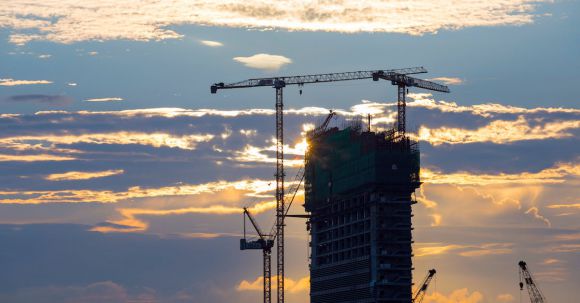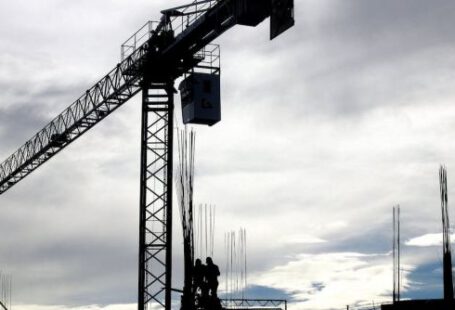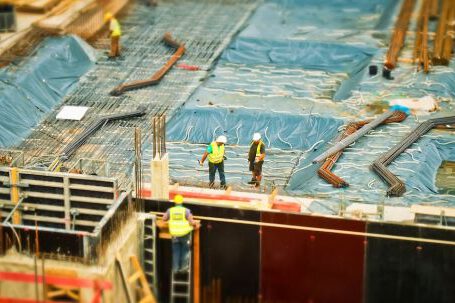The construction industry is undergoing a major transformation driven by robotics and automation. This technology has the potential to revolutionize the way construction projects are completed, with advancements in automation and robotics leading to increased safety, efficiency and cost savings. In this article, we will explore the future of construction equipment and how robotics and automation are changing the industry.
Robotics and Automation in Construction
Robotics and automation are transforming the construction industry, with robots and automated processes being used to perform a variety of tasks. Robotics and automation enable construction workers to complete difficult or dangerous tasks with greater accuracy and efficiency. Automation also allows for more accurate tracking of materials and equipment, reducing the risk of human error. Furthermore, automation can reduce the time required for completing construction projects, leading to cost savings.
Advantages of Robotics and Automation
Robotics and automation offer a number of advantages to the construction industry. Automated processes can increase safety, accuracy and efficiency, while reducing the risk of human error. Automation also allows for more accurate tracking of materials and equipment, leading to cost savings. Furthermore, automation allows for projects to be completed faster, reducing project completion times and costs.
Types of Automated Equipment
There are a variety of automated construction equipment available, including:
- Robotic excavators
- Automated bulldozers
- Robotic cranes
- Automated loaders
- Robotic paving machines
- Automated cement mixers
These automated pieces of equipment are capable of performing a variety of tasks, including excavation, loading, demolition, and paving. The use of robots and automated equipment can eliminate the need for human labor, increasing safety and efficiency.
Integration of Robotics and Automation
Robotics and automation are being integrated into the construction process. This integration allows for greater efficiency and accuracy, with automated processes being used to track materials, monitor progress, and control equipment.
Robots are being used to automate the construction process, from excavation to paving. Robots can be programmed with instructions, allowing them to complete complex tasks quickly and accurately.
Future of Construction Equipment
The future of construction equipment is bright, with robotics and automation playing an increasingly important role. Automation and robotics will increase safety, accuracy and efficiency, while reducing costs and project completion times. As automation and robotics become more advanced, the construction industry will become more efficient and cost-effective.
Robots and automated equipment will become increasingly capable, allowing for more complex tasks to be completed with greater accuracy. Automation will also enable projects to be completed faster and more efficiently, reducing costs and increasing profitability.
Conclusion
Robotics and automation are transforming the construction industry, with robots and automated processes being used to perform a variety of tasks. Robotics and automation offer a number of advantages to the construction industry, including increased safety, accuracy and efficiency, as well as cost savings. The future of construction equipment is bright, with robotics and automation playing an increasingly important role. Automation and robotics will increase safety, accuracy and efficiency, while reducing costs and project completion times. As automation and robotics become more advanced, the construction industry will become more efficient and cost-effective.






